Camp Sumter at Andersonville road trip
If you add the “rural” designation to about anything I’ll probably like it. Rural Georgia is no exception. I decide to break up my Florida pilgrimage a little and spend a few days south of Atlanta in the Upper Coastal Plains region of Georgia. I’m stationed in Elko, GA in a campground that I have visited before.
On a previous trip, I sought out the Little Grand Canyon some 80 miles west of camp. This crisp and sunny day, I seek out whatever the road leads me to en route to Andersonville.
The day starts early with a trip north to Lane Southern Orchards. The massive orchard has 5,000 acres of peach trees and 5,000 acres of Pecan groves. They have been in production since 1908 though this time of year things a pretty quiet. However, they do have a large gift shop and a cafeteria. I couldn’t leave without a little fresh-baked peach cobbler topped with some soft-serve ice cream.
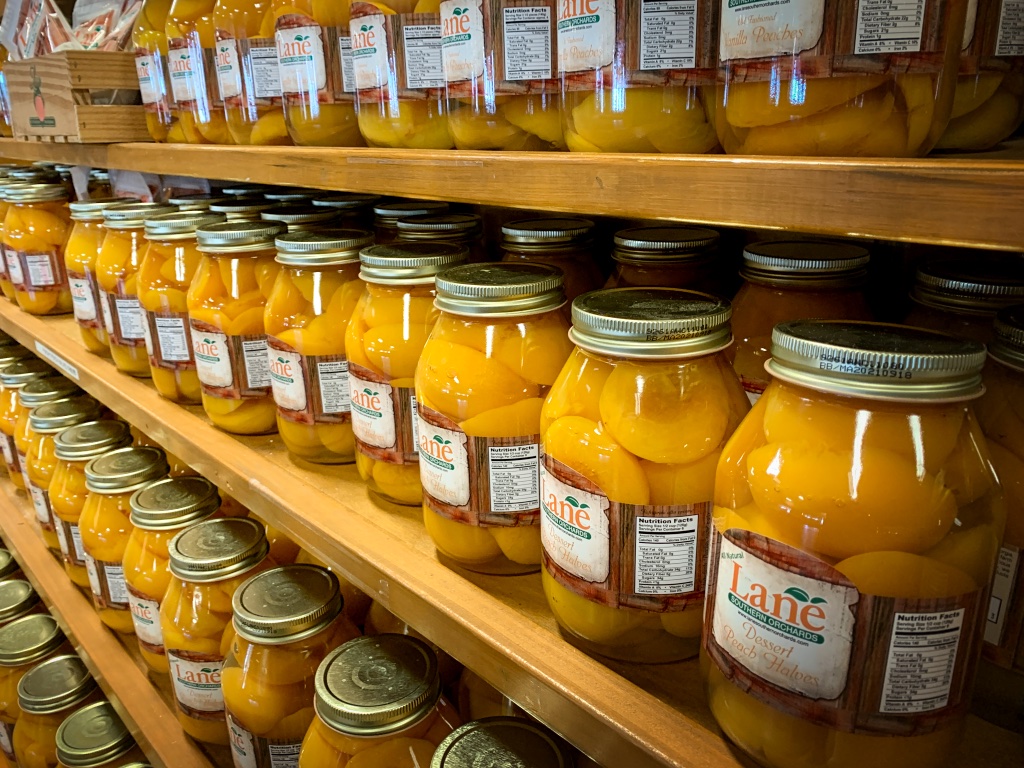
On the way out, I couldn’t resist grabbing some jams and jellies. Oh, and the fresh out of the oven, dinner-plate-sized peach fritter found its way into my bag.
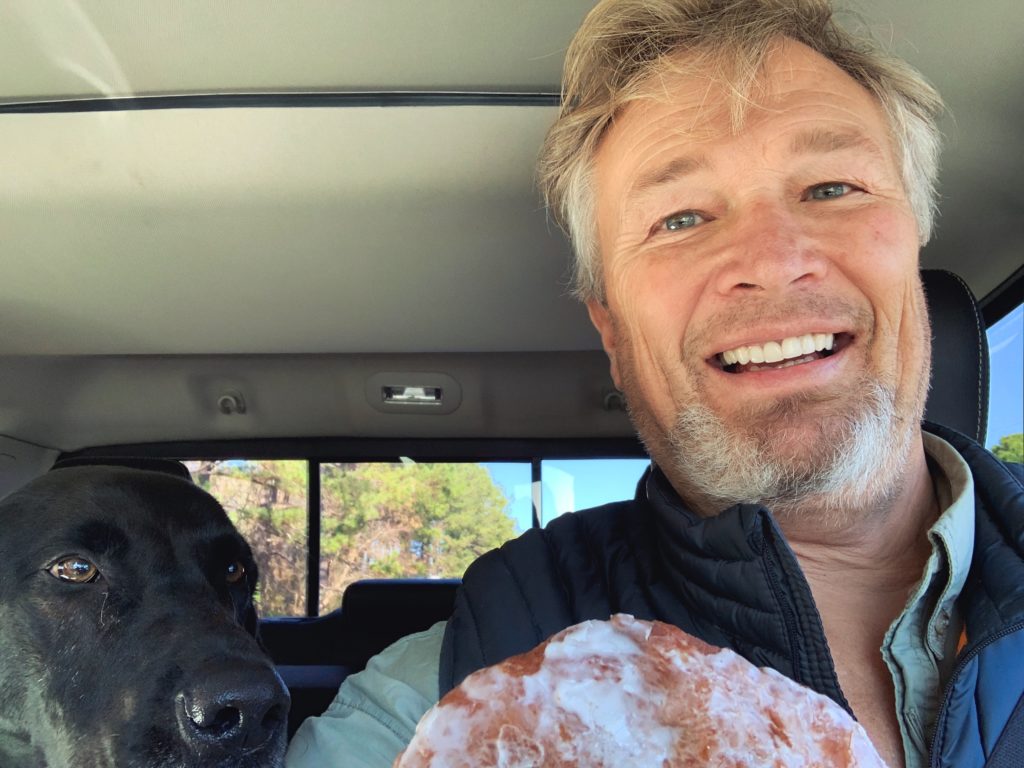
That’s nuts
After the orchard, I venture back out the back roads and it is like being transported in time. The roads are well maintained but for as far as you can see are fields of green, cotton fields, peach orchards, and rows and rows of pecan trees. I get a chuckle out of pecan farmers’ attempt to quell roadside harvesting of his bounty. I’m not sure what fate bestows those who help themselves to the paper-shell pecans, but I don’t risk finding out. I am nervous enough stopping to take a picture of the sign.

Continuing along, I spot something that one doesn’t often see. A field of sandhill cranes who are also making their way south.
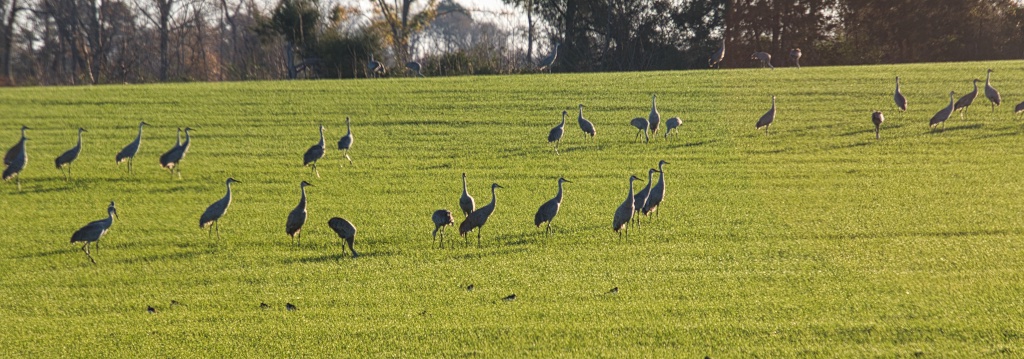
These cranes are omnivores and eat, grains, berries, insects, mice and about anything else. But they too wisely steered clear of the pecans.
The serene nature of my backroad adventure hits a bit of clinker when I run across the Macon State Penitentiary. The wall of chain-link fences topped with a large roll of barbered wire and guard towers is a juxtaposition to what is a serene back road trip. Ironically, however, my destination today is Camp Sumter, a civil war prison at Andersonville National Park. The historic site hosts 3 separate venues: Camp Sumter, Andersonville National Cemetery, and the POW Museum.
Camp Sumter
The park offers a 30 minute narrated driving tour of the largest and most famous of 150 military prisons of the Civil War, Camp Sumter Georgia. Commonly known as Andersonville, it was the deadliest landscape of the Civil War. Of the 45,000 Union soldiers imprisoned here, nearly 13,000 died. At its most crowded, it held more than 32,000 men, where forced overcrowding compounded problems of supply and distribution of food, water, and other resources.
Not much remains on the old prison but then again the prison wasn’t much to begin with. It was not a brick and mortar prison that we think of today. It was a 26-acre field surrounded by 15′ foot tall wooden walls with two heavily fortified gates.
The Camp was covered with vermin, you could not sit down. You could pick lice off of you but once you sat down you would be covered again. The area was swampy, with black mud. The human waste was alive with a regular maggot covered buzz.
Sgt Samuel Corthell –
4th Massachuettes Cavalry
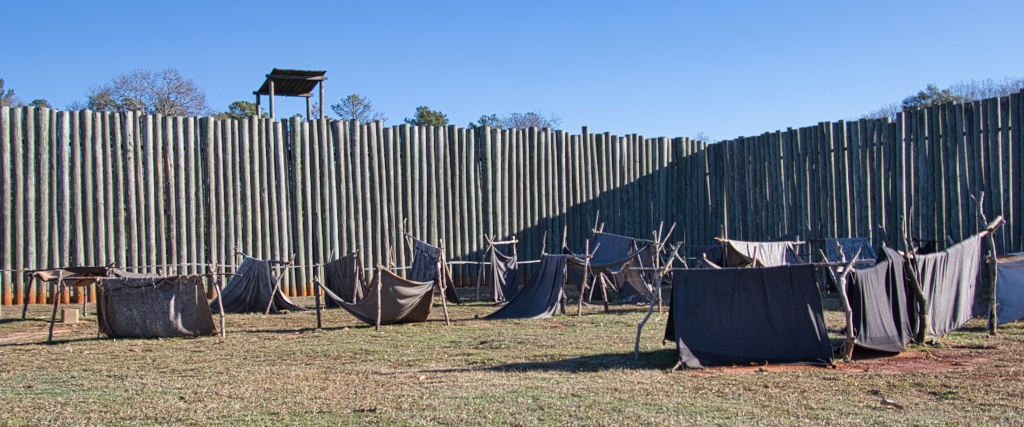
Visitors are free to exit their vehicles and walk and explore the grounds, monuments, and the few informational kiosks placed throughout the prison site. The camp area of makeshift tents, called shebangs draws me in. I settle under a tarp and can not fathom living day in and day out in all weather conditions is such a crude dwelling.
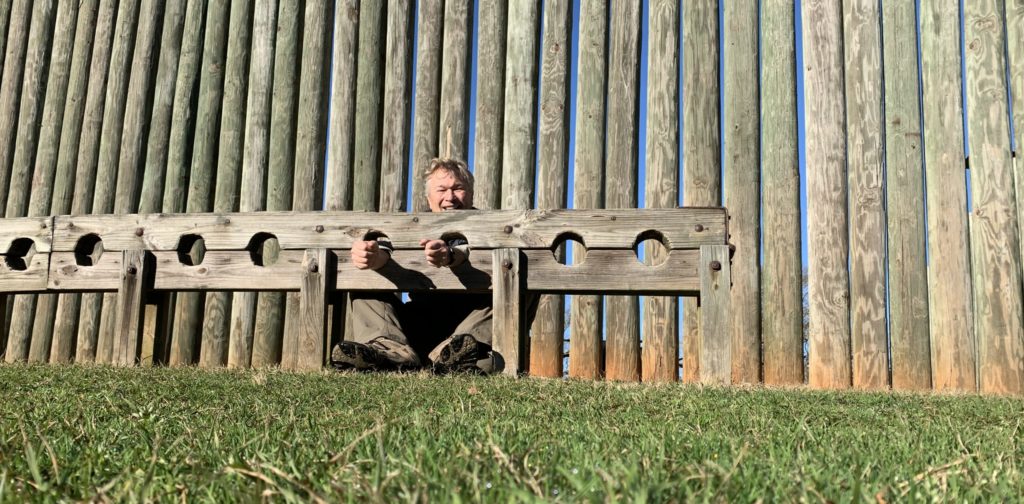
Today the grounds are desolate and have a reverent and somber feel. This mood carries through on to the cemetery.
Andersonville National Cemetery
Georgia Andersonville Cemetery was established in 1865 and is still active. The 27-acre cemetery is one of 14 national cemeteries that the National Park Service maintains. Ironically, the cemetery begins as a result of the conditions leading to numerous deaths at the nearby prison. Early 13,000 union soldiers were buried in trench graves here.
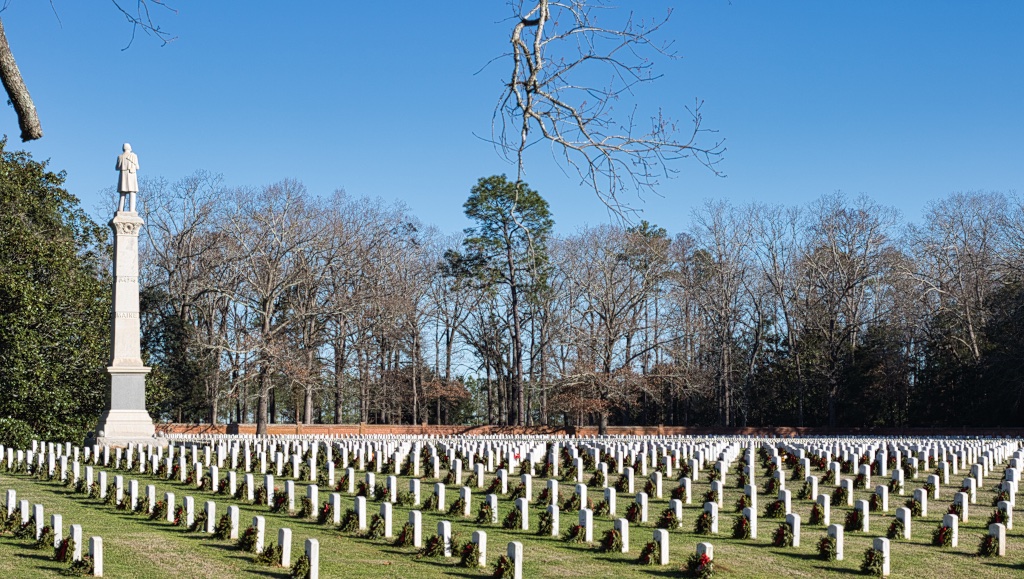
The park service offers a 30 minute narrated driving tour of the cemetery. The narration offers detailed accounts of soldiers and highlights the various state monuments on display throughout the cemetery. I consider it a bonus to be here with all the stones adorned with Christmas wreaths. I find this a fitting tribute to those who died away from their homes fighting for something they believed in.
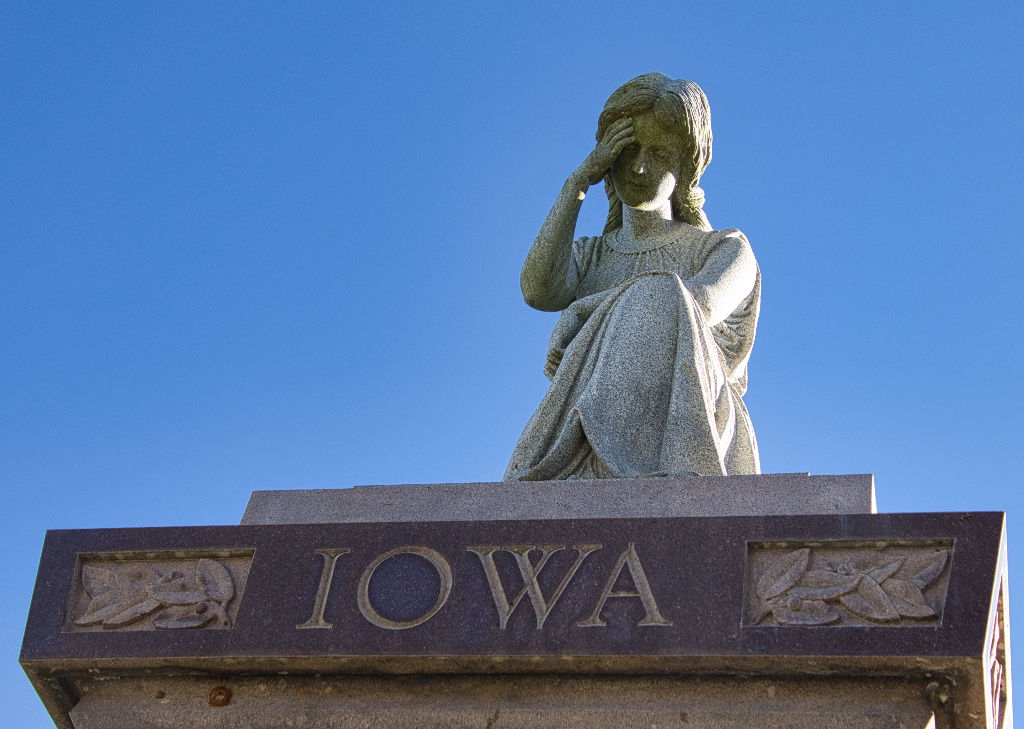
National POW Museum
The smallish POW museum pays tribute to two centuries of Prisoners of War. The museum looks much like a prison. The brick building is accented with 3 granite towers reminiscent of guard towers. Entry is through black gates, again much like entering a prison. Once inside, the main lobby is bright with natural light flowing from the large roof windows and skylights. On the left is a gift shop and on the right, a dark hallway leads into the exhibit area.
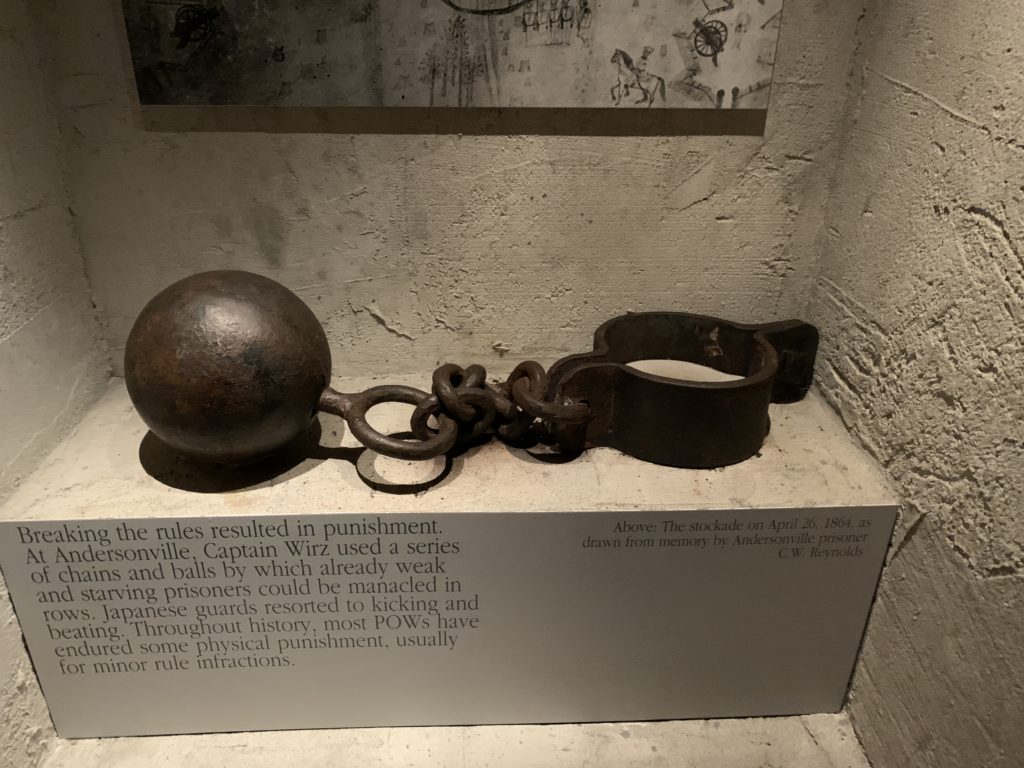
There are exhibits and kiosks with a large number of printed accounts of the atrocities of being a prisoner of war. My hats off to designers for the optimistic concept of the museum. The dark halls for dramatic effect resembling the confines of prison with splashes of diffused lights from the towers is dramatic. However, I found trying to read the copious amounts of information in dim light as tiring and limit my time there.
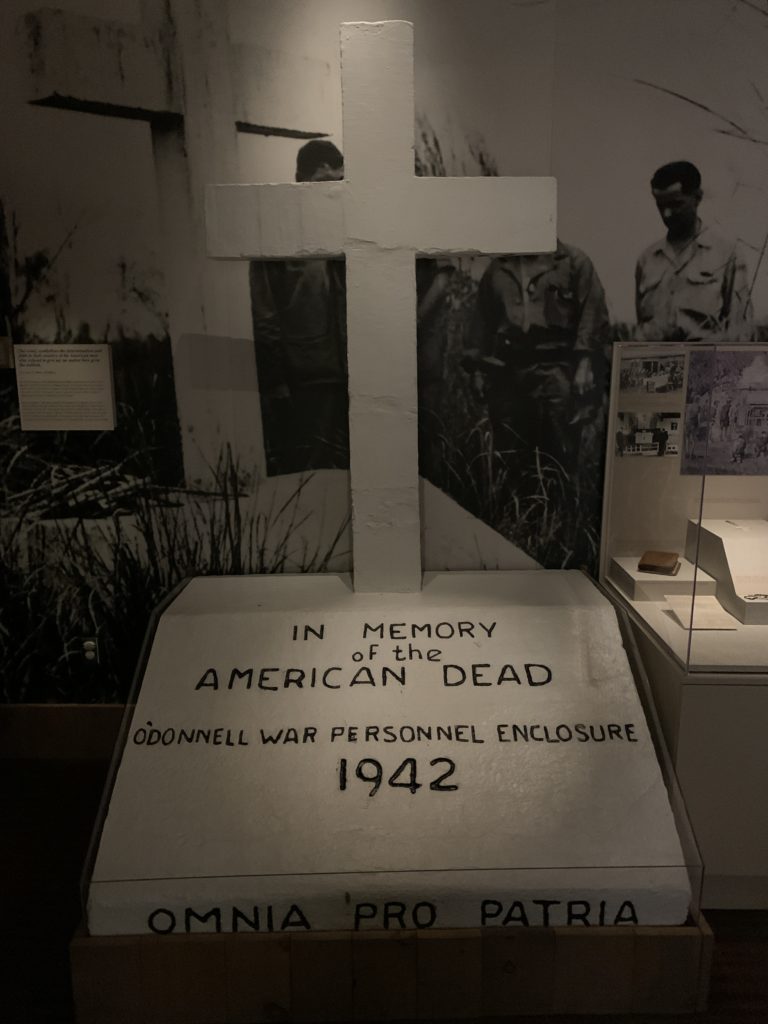
My time in this part of Georgia is short and time is well spent seeing parts of our rural heritage. However, after seeing the atrocities of prisons, and ultimately death in confinement, I have no doubt that it was prudent not to pilfer those prized pecans.
